Request a video call
Confirm Your Virtual Consultation
InteraFertility | Assisted Reproduction Profile Overview
|
Welcome to InteraFertility
We are a medical institution specialized in solving infertility problems with greater presence at national level, not only by our clinics but by the number of physicians within Mexico, who rely on us to provide services of Assisted Reproduction
What Makes Us Different From Other Infertility Clinics?
How Do We Work?
Our Services
Patient Care At InteraFertility each case is treated individually by several doctors specialized in different areas that offer their points of view when solving each problem. But it is a specific physician who is aware and accepts the decisions of each patient. Each of our professionals has an area of specialization.
|
InteraFertility | Assisted Reproduction, Guadalajara, Mexico Profile Details
|
About Our Center InteraFertility is a medical institution specialized in solving infertility problems. We have greater presence at national level, not only by our clinics but by the number of physicians within Mexico, who rely on us to provide services of Assisted Reproduction
Mision To Research, develop and implement effective methods to help couples with infertility problems to achieve her dearest wish. Thus ensuring our clients satisfaction.
To be an Institution with Medical representation at national and international levels, recognized for its level of human attention and quality in its medical processes. |
InteraFertility | Assisted Reproduction Treatments Offered
|
Our Treatments & Procedures
Reproductive Surgery When a couple seeks for help for an infertility problem, they face with a number of examinations, treatments, and opinions that nowadays are an indispensable part of the process to study and treat an infertile couple. Although the idea of surgery can be frightening, reproductive surgery is one of the choices we currently count to know what is causing the problem and then make a specific treatment.
Surgery is also useful in cases in which you want to reverse a tubal ligation. It should be noted that not all tubal surgery is reversible, but many are, and there is an acceptable probability on achieving pregnancy,in selected cases and in patients younger than 37 years.Similarly we can mention that surgery generally improves the chances of pregnancy, in cases where the uterus presents defects, usually congenital, or by the presence of fibroids, polyps or adhesions. As mentioned previously, most of the procedures can be performed endoscopically, minimizing the possibility of adhesions and improving the recovery time. Some of the procedures that are used:
Among the procedures included in Reproductive Surgery are:
Semen Cryopreservation Semen samples are frozen in liquid nitrogen at -196 ° C. This technique can be used by:
In Vitro Fertilization Convencional (IVF)
The in vitro fertilization and embryo transfer (IVF-ET) is an established method of assisted reproduction created to increase the probability of a pregnancy in couples facing infertility problems. Since its beginnings in 1979 the in vitro fertilization has helped millions of couples to achieve pregnancy. The purpose of in vitro fertilization consists in the fertilization of the oocyte by the sperm outside the woman's body, when they are unable to make the fertilization in its natural place, the fallopian tube. When the fertilization is done, the embryos are transferred to the uterus. La fertilización In Vitro es un proceso relativamente complejo debido a todos los pasos que se requieren para lograrlo. El ciclo de Fertilización In Vitro requiere el monitoreo clínico de la paciente, asi como de estudios de laboratorio precisos. The In Vitro Fertilization is a relatively complex process due of all the steps required to achieve it. The in vitro fertilization cycle requires clinical monitoring of the patient, as well as precise laboratory studies. In most cases, the IVF treatment requires hormonal stimulation, starting from day 1 to 3 of the cycle. The success of the IVF depends on many factors: it has to do with the quality of the sperm, the amount of mature ova, the amount of transferred embryos and the process of implantation of the embryo in the internal layer of the matrix (the endometrium). The bad sperm quality, usually low sperm motility or small amounts of spermatozoa, avoids in many cases a successful fertilization. The fertilization in normal cases does not exceed 30% (if the sperm is in normal parameters, the fertilization reaches a 80%). Sometimes, women with severe hormonal disorders, develop only immature ova. These immature eggs or postmature does not have the same ability to fertilize. In these cases, the moment of union of the sperm and the ova is extremely important. Sometimes the upheavals in the maturation of the ova is managed through a protocol adapted in a next cycle of treatment. The implantation of the embryos in the internal layer of the matrix (the endometrium) is supported with hormones that optimize the process. A great part of these embryos is lost because of poor conditions during the process of implantation in the endometrium. Another part of the embryos stops developing because there is probably a genetic damage. In these cases, the lack of a pregnancy is a mechanism of protection of the nature to prevent a malformation.
Artificial Insemination (AI) The depositing of sperm in the vagina near the cervix or directly into the uterus, with the use of a syringe instead of by coitus. It has three phases:
The preparation of the semen consists in select and concentrate the motile sperm, the low mobility is one of the factors that may adversely affect the achievement of a pregnancy. This samples are processed by techniques of sperm capacitation or seminal preparation . The insemination is made in the doctor´s office, there is no need to apply anesthesia nor is annoying. The insemination is usually performed during two consecutive days after induced ovulation. For each of them it will be necessary provide the laboratory a semen sample. After being deposited semen, properly treated in the uterus, the woman must remain a few minutes in rest. Semen donors are constantly studied to discard any type of transmissible disease, especially controlling the existence of HIV antibodies. A given sample of semen is frozen for 6 months before use. Only if the donor sample shows no HIV antibodies after those 6 months of quarantine, the sample is used. We also monitor the hereditary diseases that may have the donors or their close relatives. Keep in mind that some hereditary diseases are manifested at different stages of life, so you might not know about their existence at the time of the donation. An insemination with donor semen provides pregnancy rates per cycle of 25% and 80% per patient with a maximum of 6 cycles. As far as results, the insemination with donor semen provides rates of pregnancy by cycle of 25% and 80% by patient with a maximum of 6 cycles.
Intracytoplasmic Sperm Injection (ICSI)
ICSI is recommended in the following cases:
Sperm recovery techniques
Ovum Donation When the pregnancy is not achieved with the conventional assisted reproduction techniques, due to a repeated poor fertilization or failure in the fertilization, ovular genetic abnormalities, or premature ovarian failure or has the desire of motherhood in the post-menopausal; it can be considered the alternative of ovular donation. The reasons why a woman can't use her own eggs are variouss. Among them they emphasize when the ovaries stops producing ova for natural reasons in patients over 40 years (menopause) or minor under 40 years (premature menopause), when the patient had had both ovaries removed or even when those ovulate, the quality of your eggs is low. There are also some diseases of chromosomal type that women can transmit it in case of using her own ova, in this case it is preferable the donation.
The women who donate ova should have several features, among them are: to be under 35 years, to have a poor record ofgenetic transmited diseases, good intellectual level and psychological stability. In addition, studies are realized to verify their good physical and mental state, including chromosomal analysis (karyotype),test for infectious diseases such as AIDS (HIV) and hepatitis B and C, psychological assessment, among others. Of course, major physical characteristics of donor and recipient donor must agree. The donors receive a treatment directed for the formation of several ova with a protocol in which three types of drugs are given. The first drug is to control ova from all internal stimulus and to obtain them before they are released. The second drug is in charge of stimulating the ovary more than usual, in order to obtain several ova in one cycle of treatment and to have greater chances of pregnancy in the recipient. The third completes the ova maturation. The donors are valued by several ultrasounds to check the number and size of follicles that contains the ova. When they are mature, the extraction is performed by vaginal ultrasound-guided puncture in the operating room with the patient asleep under anesthesia or mild sedation. Once retrieved the ova, they go into the reproduction laboratory for identification, cultivation and insemination with partner's semen of the recipient. Once obtained and fertilized they remain in the laboratory from two to five days inside incubators to assess their development. Embryo transfer is a simple procedure and usually does not require the use of anesthesia. The chances of pregnancy with this technique are very encouraging, since between 40 and 50% of the women succeed in every attempt or transfer. If they do not success the first time, they can try again without a limit. After four attempts most of them achieve their goal. From all the pregnancies that are achieved, 10% will be multiple, reason why it is important not to transfer an excessive amount of embryos to avoid higher order pregnancies (triplets, quadruplets, etc.).
Preimplantational Genetic Diagnosis (PGD) PGD is useful because it offers the possibility to analyze the presence of chromosomal and genetic abnormalities in embryos before being transferred to the uterus and, therefore, before implantation has occurred before a pregnancy has taken place with a baby with some of the analyzed alteration . It is an alternative to prenatal diagnosis in couples with high risk of transmitting chromosomal abnormalities or genic to their descendants. These patients will be benefited:
PGD consists in the following points: Embryo Biopsy Involves extracting 1 or 2 cells of an embryo using micromanipulation techniques. To do this, specialists make a small hole in the outer shell of the embryo, the zona pellucida, which allows the introduction of a thin micropipette to aspirate the embryonic cell. The removed cell is processed for subsequent genetic or chromosomal analysis and the embryo continues its normal development. Chromosomal or Genetic Analisis:
Embryo Transfer: While performing the analysis to the cell of the embryo, this continue in cultivation and two days later, when the results are shown, normal embryos are transferred to the patient and the rest are cryopreserved.
Sperm Bank InteraFertility makes available to its patients a certificated sperm bank, where in case of requiring you will find national and imported samples, which have been selected by international quality standards. The use of donor semen samples are in the following cases:
Women without a partner. The semen donors are young, healthy students and volunteers that go disinterestedly to the bank. Qualifications needed to donate sperm:
Negative results for the following tests:
Not to be subject of detectable bacterial infections in blood, urine and semen. To have a high quality sperm (aprox. 4.5 times better than average). The sperm should have a good survival rate for the freezing and thawing process.
Sperm Preservation InteraFertility makes available an option for your future reproduction. The freezing or cryopreservation of sperm is a process so that in future you can use it to reproduce. After freezing the sample they are deposited in a tank at low temperatures to be able to preserve it during an indefinite period A very easy procedure is which it consists in:
Freezing is a preventive medicine, because when freezing a sample you are insuring your reproductive future in case you have a disease, an accident or any other situation.
Oncology Patients Freezing semen is a solution for future reproduction for those cancer patients. This option is very important for those patients suffering from cancer since they subdued to various treatments during their disease as it is radiotherapy and chemotherapy, their sperm can suffer alterations and altering the patient's future reproduction. With this option you can assure your reproduction in a very easy and inexpensive way.
As well as the following patients:
Freezing ovarian tissue Freezing ovarian tissue brings us many benefits such as: Delay Your Pregnancy Delay your Menopause Oncology Patients Assisted Hatching |
InteraFertility | Assisted Reproduction Certificates, Accreditations, Qualifications Treatments Offered
|
About Our Doctors
Our specialists are proudly Mexicans trained at the best international institutes. Dr. Hector Velazques, Gynecologist - Obstetrician, and expert in Human reproduction along with Biol. Edgar Quiroz are both in charge of the INTERAFERTILITY program . We offer all the options available to solve infertility problems. |
InteraFertility | Assisted Reproduction Testimonials
InteraFertility | Assisted Reproduction Awards & Recognitions
Guadalajara, Mexico Destination Overview

About Medical Center
- Speciality: Fertility Treatment, Gynecology Treatment, Stem Cell Therapy
- Location: , Guadalajara, Mexico
- Medical Center Prices: InteraFertility | Assisted Reproduction
- Overview: Specializing in solving infertility problems… facilitating international level of care in assisted reproduction across Mexico.























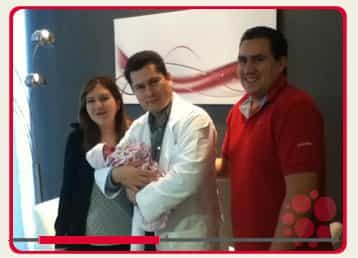


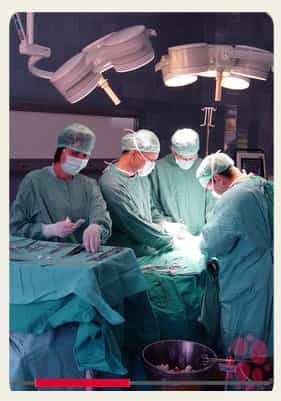 Today, the majority of reproductive surgeries are performed under the concept of short-stay surgery, either laparoscopic or hysteroscopic route. In fact, except for post tubal ligation anastomosis, almost the majority of procedures are performed endoscopically. Surgery remains an essential part of infertility treatment, an example of this are those cases where the uterus has an altered form, either by the presence of fibroids, polyps, congenital defects or by scars on the inside.
Today, the majority of reproductive surgeries are performed under the concept of short-stay surgery, either laparoscopic or hysteroscopic route. In fact, except for post tubal ligation anastomosis, almost the majority of procedures are performed endoscopically. Surgery remains an essential part of infertility treatment, an example of this are those cases where the uterus has an altered form, either by the presence of fibroids, polyps, congenital defects or by scars on the inside.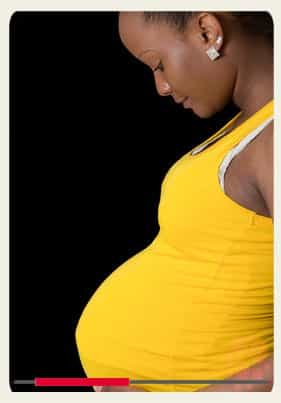 Infertility is defined as the inability to conceive after one year of unprotected sex.
Infertility is defined as the inability to conceive after one year of unprotected sex. Characteristics for the Ovum Donator:
Characteristics for the Ovum Donator:







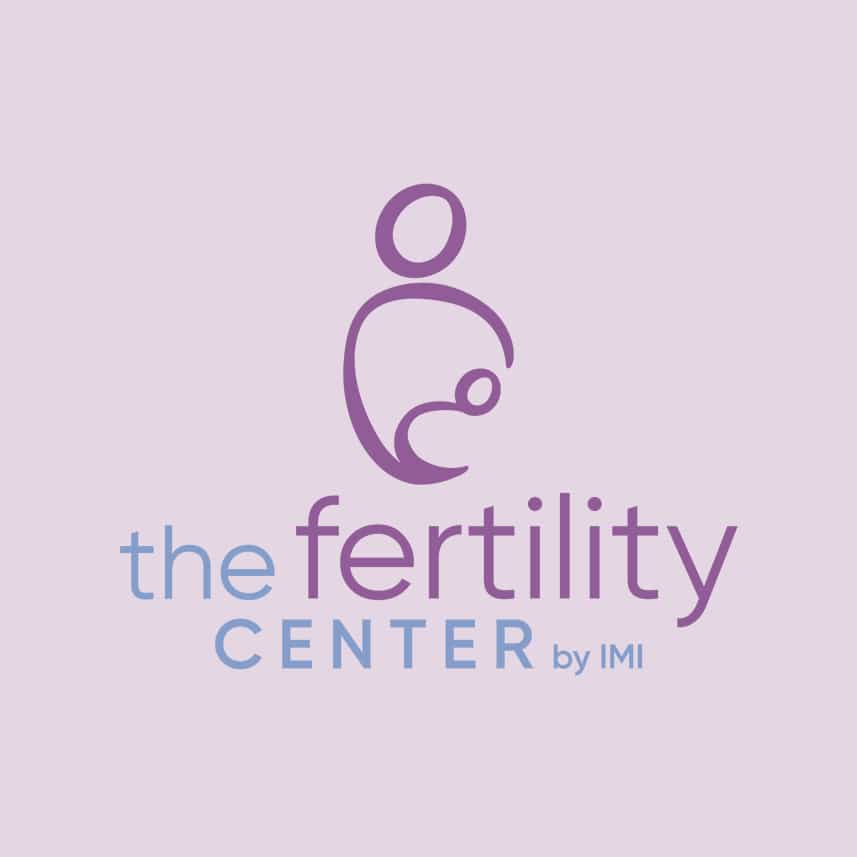
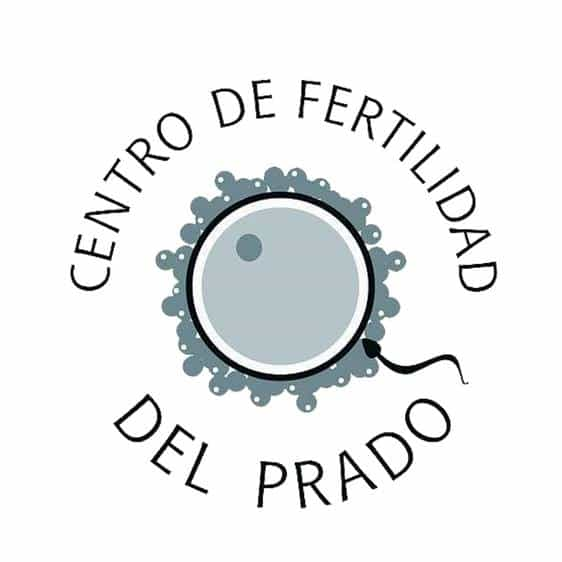
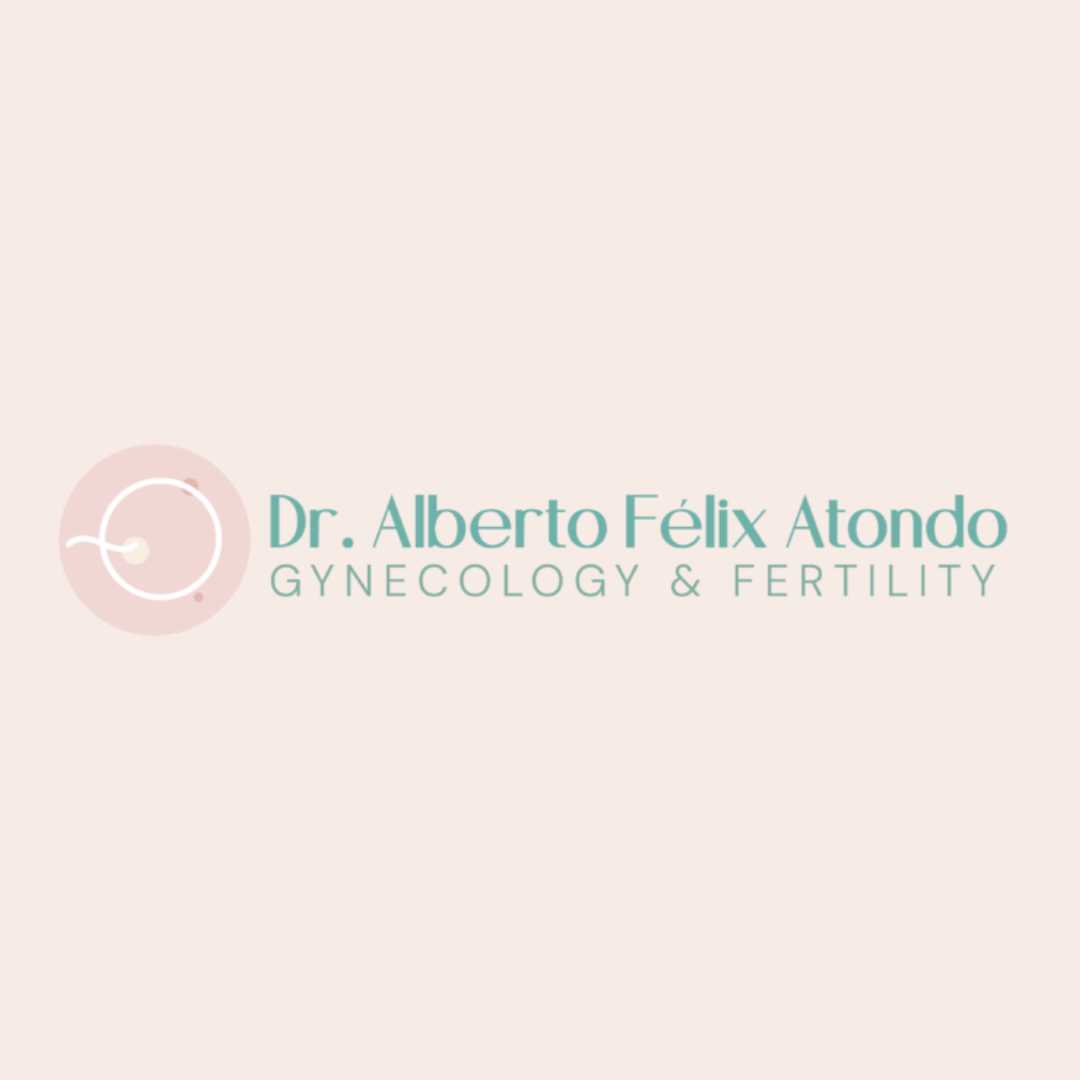

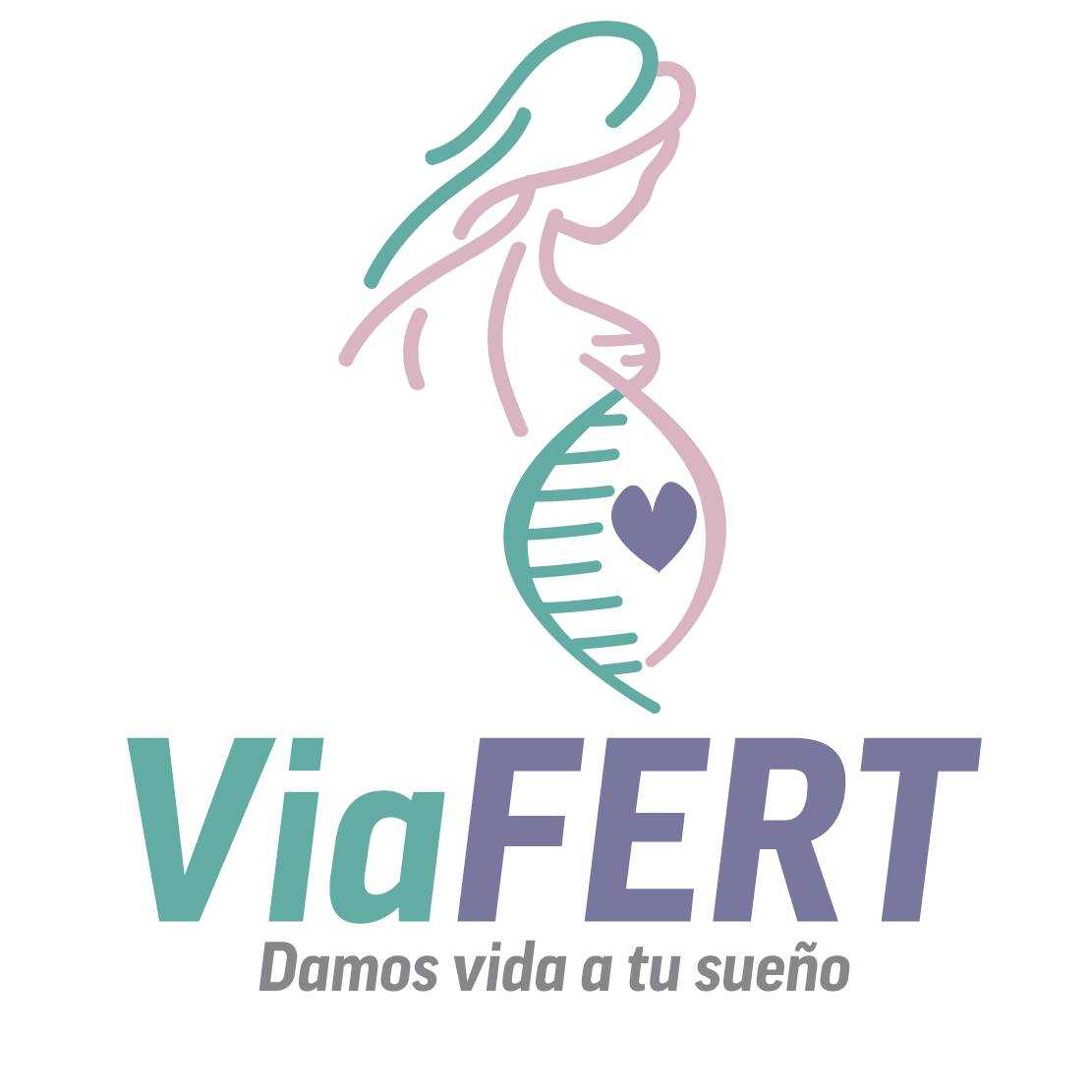

Share this listing